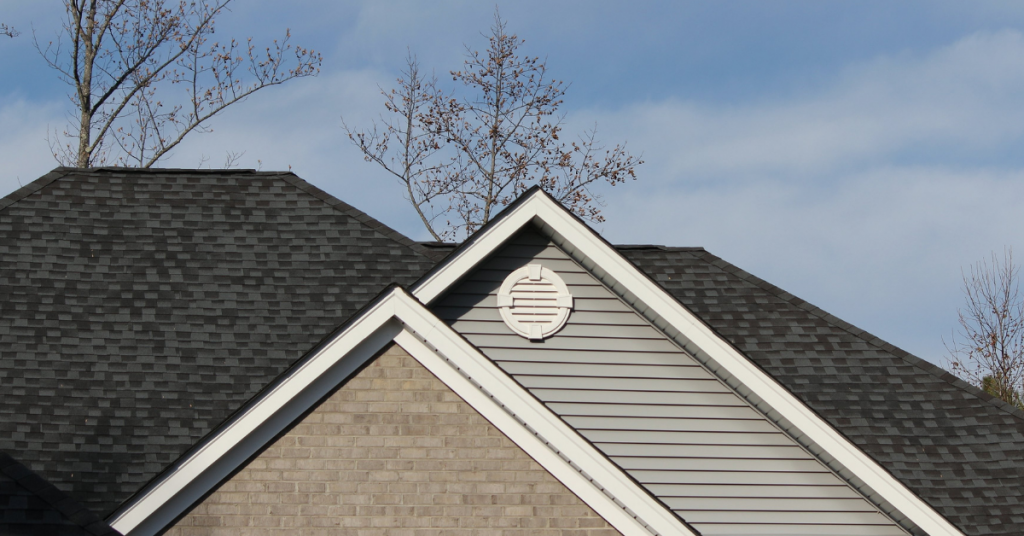

Whether you’re buying a new home or renovating your current property, you want it to last. Maintenance is expensive, time-consuming and stressful. The part of our houses we want to survive the longest is the roof.
Here in Australia, with our harsh sun, battering rain, and extreme winds, the roof of our home protects us from being exposed to the elements. However, our roofs have to survive in this unrelenting climate.
It can be hard to know what kind of roof is the best for your new home. You want a balance of quality, durability and attractiveness. Most importantly, you want it to be worth the cost. Don’t worry; we’re here to answer your questions about how long roofing shingles last and the different factors you should consider when installing your new roof.
What Different Types of Roof Shingles Are Available?
Sometimes there is too much choice. From oakwood driftwood shingles to cobalt black shingles, how do you know what the best option is for your roof?
A lot of choices come down to personal taste. There is no quality difference between driftwood vs. weathered wood shingles. Make sure you take time to shop around to find the perfect colour for your home. Lighter colours, like painted desert shingles, are less likely to fade over time.
Unfortunately, however, in our sunny climate the colour will inevitably fade. Yet, shingles often fade uniformly, so your roof won’t look patchy if the colour does start to go. RapidRidge shingles are made to last.
What Factors Affect Roof Shingles Longevity?
Of course, as stated, the weather affects the durability of your roof shingles. Scorching temperatures can cause fading and make the structure more fragile. Heavy rains can also damage the integrity of your roof.
However, it is not the roof shingles durability that is the most significant factor of deterioration but the installation method and quality. Shingles that are installed using mortar are liable to damage. Hot temperatures can cause the concrete to crack, made worse by rainfall. Plus, as the climate cools and heats up again, the concrete contracts and expands, worsening existing cracks.
Similarly, movement from road or train line vibrations or heavy winds can damage the mortar. This can cause your shingle tiles to loosen and fall off the roof. It might also allow water to get into the structure, creating damp and mould.
How Should We Install Our Roofs?
To make your roof shingles last as long as possible, you should stay away from mortar to fix the shingles in place. Instead, using a dry fixed method and mechanical fastenings to secure the shingles can make your roof last for upwards of fifty years, maintenance-free.
Dry fix roofing is the process of attaching roof shingles to the property by mechanically attaching the shingles with screws and clamps rather than using mortar. Plus, without the mortar, there is room for the roof to breathe. With a built-in natural cooling system, dry fixed roofs enable air to circulate through the structure, preventing heat from descending into the home below.
Using a dry fixing method can significantly prolong the life of your roof. In addition, it is easy to install, withstands movement and reduces energy bills.
So, How Long Do Roof Shingles Last?
It is thought that roof shingles can last around fifty years or so. This, of course, depends on the quality of the shingles and the installation method. A dry fixed roof will last as long as the shingles themselves. Whereas a traditional mortar fixed roof might need regular maintenance every decade or so.
Constant upkeep will help the durability of your roof; however, it can be costly and time-consuming. Dry fixing prevents the need for regular maintenance.
What Are The Alternatives?
Roof shingles aren’t your only option for your property. From terracotta tiles to metal roofs, Australians have many choices. Again, the quality and method of the installation impact how long the roof stands up. All roof shingle alternatives that use mortar will have the same issues and require regular upkeep.
Roof Tiles
Roof tiles can last between fifty to a hundred years. They come in different materials, which can impact their durability. For example, concrete tiles, like the mortar that holds them, can crack. While concrete is reasonably tough and durable, they are also quite brittle—tiles can be broken by heavy weights, storms, or even just walking on them to clean.
The colour of concrete tiles similarly fades and requires regular painting, which can be costly.
Slate Tiles
Slate is one of the toughest roofing options. Lasting upwards of a century, slate is highly popular. However, it is also one of the more costly options and difficult to install.
Slate tiles are suitable for hot climates, like here in Australia, as they absorb the heat and prevent it from entering the home.
Tin Roofs
Tin or steel roofs can last anywhere between forty and seventy years. It is relatively resistant to heat and extreme weather.
Like any other roofing alternative, the colour fades. What’s worse, however, is that steel might rust and deteriorate. Although rust-resistant paint can slow this down, metal corrosion is inevitable.
They are a more affordable option and require little maintenance.
Final Thoughts
No roof is going to last forever. Your roof will inevitably require maintenance at some point in the future. However, this could be well over a century away with the right roof shingles and fixing methods.
